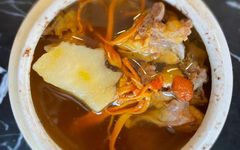
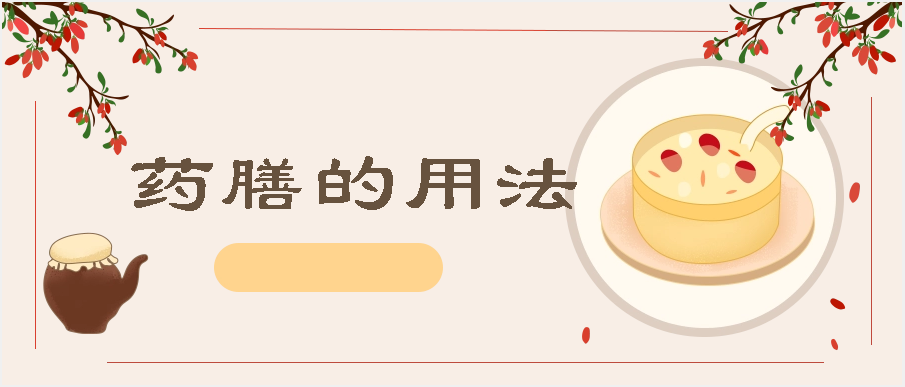
With the development of the economy and the improvement of living standards, people’s awareness of self-care has gradually increased, leading to a focus on dietary nutrition and health. In recent years, terms related to health preservation such as nourishing health, dietary therapy, medicinal cuisine, the integration of medicine and food, and vegetarianism have become popular topics.
What is medicinal cuisine? What are its effects? How are common medicinal cuisines classified? Can everyone use medicinal cuisine? How should it be used? Today, the pharmacist will guide you to understand.
1. What is medicinal cuisine? What are its effects?
Medicinal cuisine is the crystallization of thousands of years of dietary culture of the Chinese nation, a product of the combination of traditional Chinese medical knowledge and culinary experience. It integrates medicine into food, using medicinal substances as food while endowing food with medicinal properties.
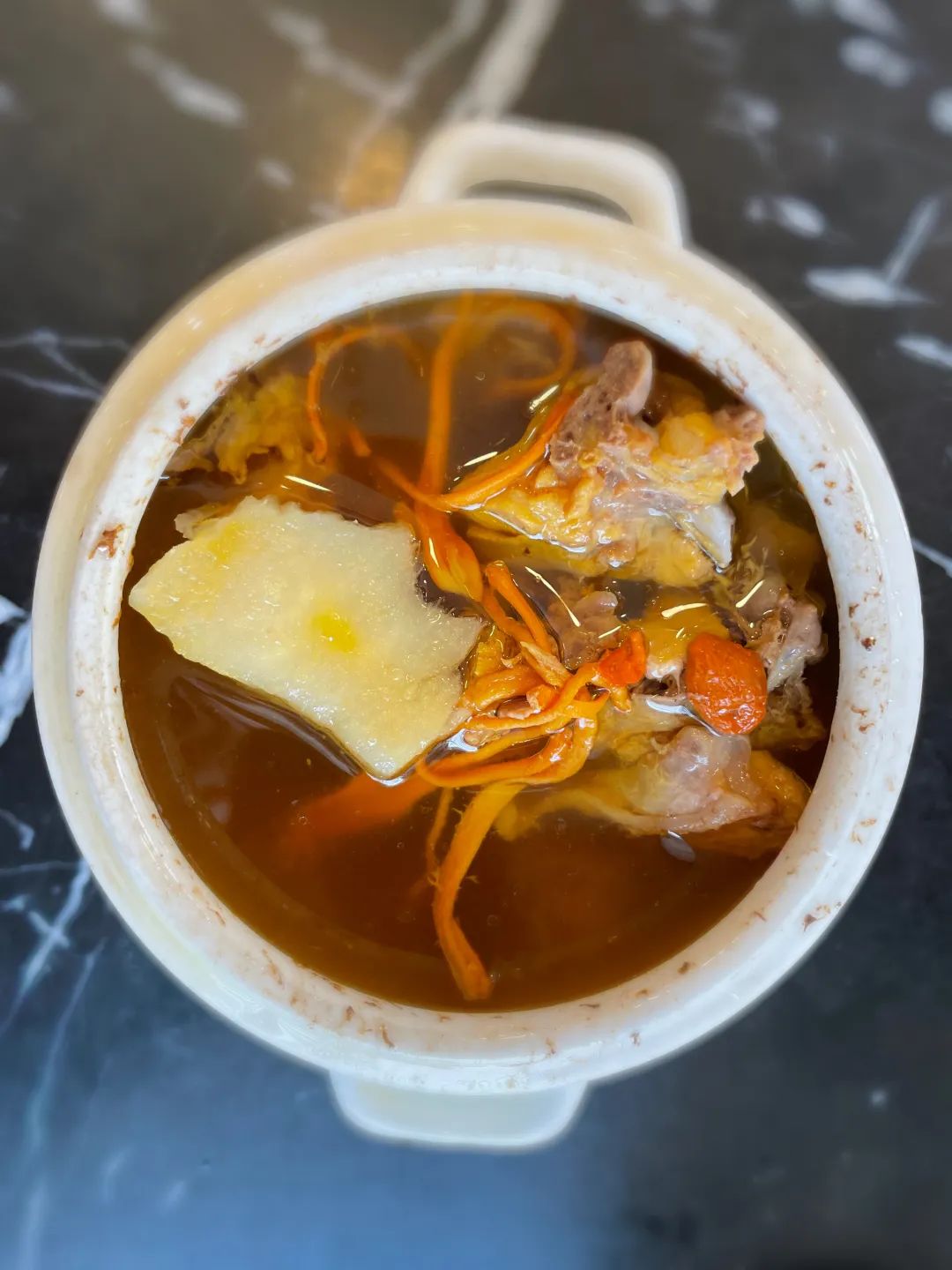
Medicinal cuisine is guided by traditional Chinese medicine (TCM) principles, combined with culinary science and nutrition, incorporating appropriate Chinese herbs into daily meals, prepared according to specific ratios and using unique Chinese cooking methods to create delicious foods with certain medicinal value, which are visually appealing, aromatic, flavorful, and well-shaped, achieving effects such as disease prevention, health maintenance, treatment and recovery, skin beautification, brain enhancement, and longevity, thus helping to restore the body, regulate functions, and improve resistance.
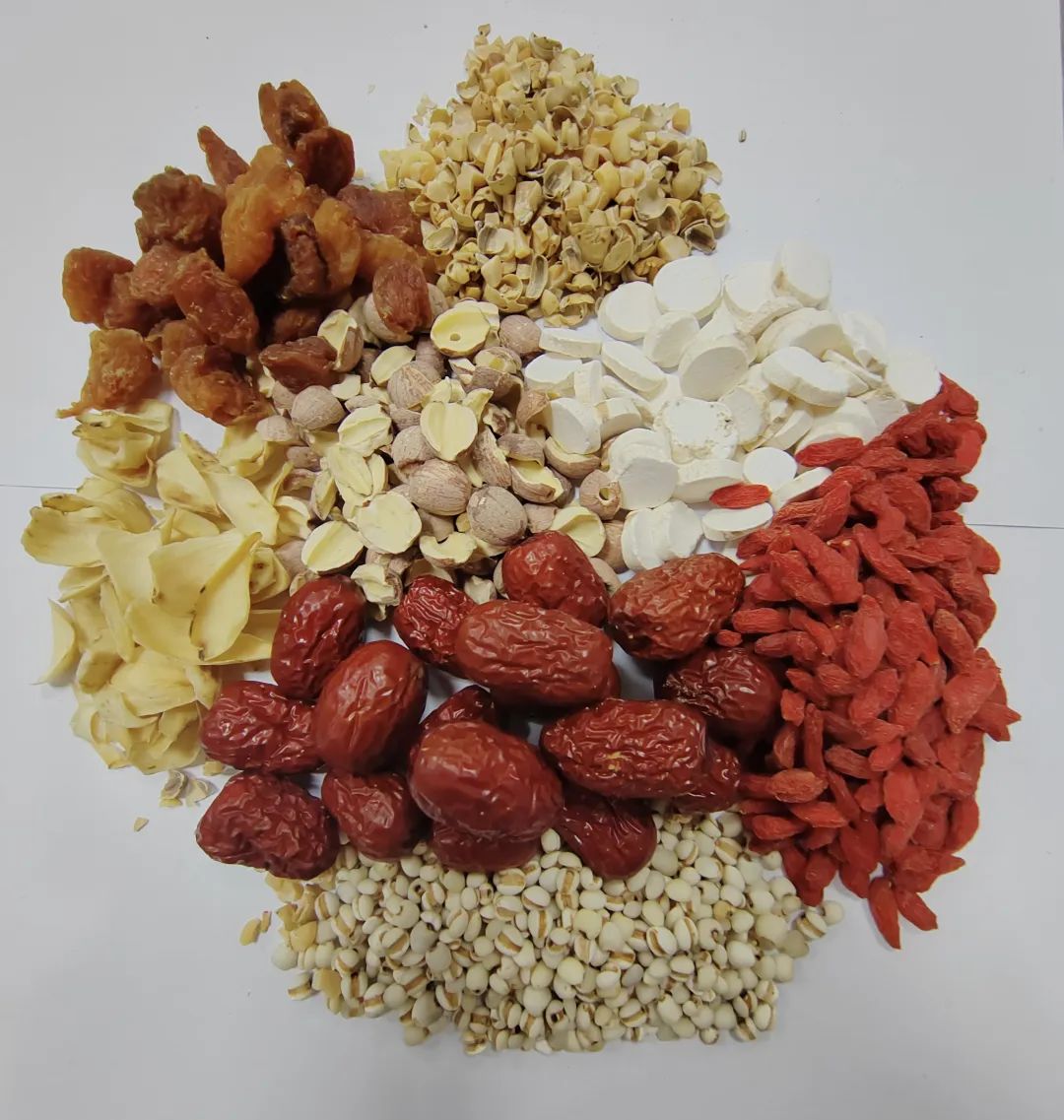
Common ingredients used in medicinal cuisine include ginger, yam, red beans, lentils, pepper, longan, jujube, goji berries, lotus seeds, tremella, peanuts, and coix seeds.
2. What are the common classifications of medicinal cuisine?
Medicinal cuisine can be classified based on clinical therapeutic effects into health maintenance, treatment and auxiliary treatment, and rehabilitation categories.
1. Health maintenance: This category has health-preserving and body-strengthening effects, mainly including weight-loss medicinal cuisine, beauty-enhancing medicinal cuisine, liver-clearing and vision-improving medicinal cuisine, longevity-promoting medicinal cuisine, and anti-aging medicinal cuisine. Common health maintenance medicinal cuisines include Shi Quan Da Bu Tang (Ten Complete Great Tonifying Decoction), Cordyceps Chicken Soup, Qi and Blood Nourishing Porridge, Ba Zhen Cake, and Ginseng Duck Soup.
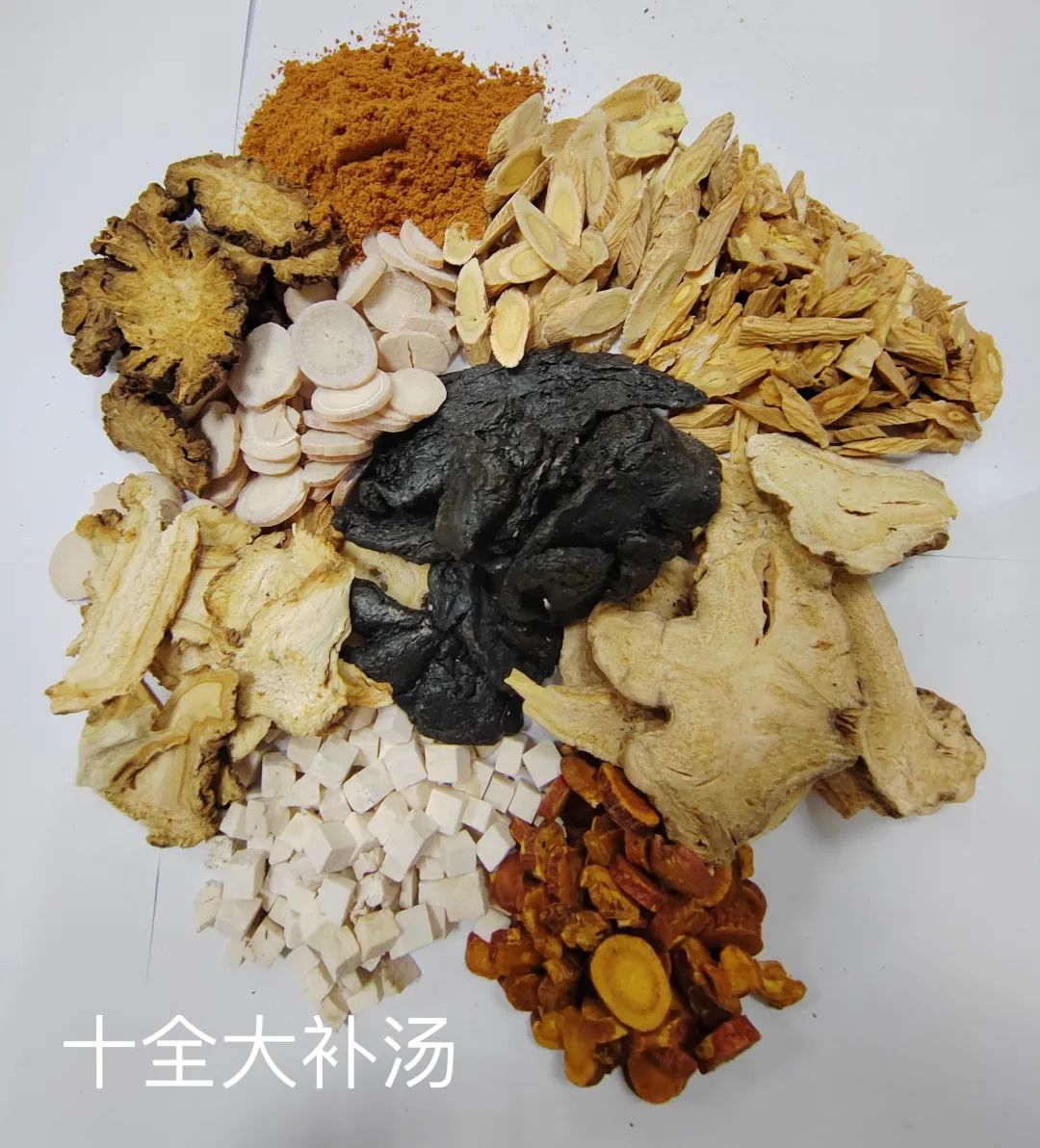
2. Treatment and auxiliary treatment: This category of medicinal cuisine is prepared under the guidance of professional doctors or pharmacists, based on the specific conditions of patients, using dialectical treatment. It includes warming yang and dispelling cold medicinal cuisine, releasing exterior medicinal cuisine, purgative medicinal cuisine, clearing heat and generating fluids medicinal cuisine, phlegm-transforming and cough-stopping medicinal cuisine, dampness-dispelling medicinal cuisine, calming the mind and aiding sleep medicinal cuisine, and strengthening the spleen and aiding digestion medicinal cuisine.
Medicinal cuisines in the treatment and auxiliary treatment category can assist in treating diabetes, hypertension, coronary heart disease, sleep disorders, gynecological diseases, chronic bronchitis, stone diseases, diarrhea, constipation, and edema.
3. Rehabilitation: After major illnesses, when the body is weak, this category of medicinal cuisine can be used to strengthen the body and promote recovery. For example, consuming Ejiao (Donkey-hide Gelatin) and red date porridge postpartum, or black bean and goji berry soup after trauma or fractures, and strengthening bone soup.
Common medicinal cuisines for treatment and auxiliary treatment include Dang Gui Sheng Jiang Yang Rou Tang (Angelica and Ginger Lamb Soup), Shi Hu Chen Pi Shui Ya Tang (Dendrobium and Aged Tangerine Peel Duck Soup), Si Shen Pai Gu Tang (Four Gods Pork Rib Soup), Snow Pear and Chuan Bei Mu Soup, Shu Di Huang and Dang Gui Chicken Soup, and red bean and coix seed porridge.
Additionally, medicinal cuisine can also be classified based on medicinal properties into: warming tonics, cooling tonics, neutral tonics, nourishing tonics, and strong tonics.
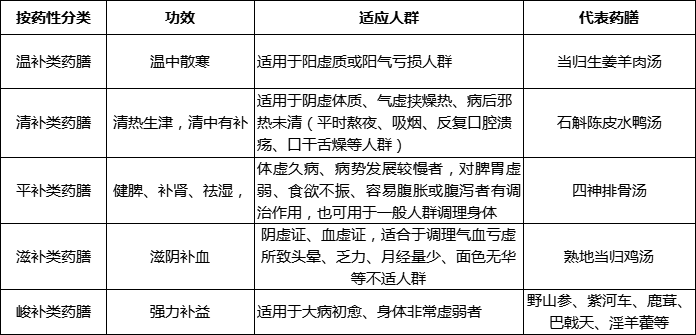
3. Who is suitable for medicinal cuisine?
Medicinal cuisine is a combination of Chinese medicine and food, possessing certain medicinal properties, thus the selection of medicinal cuisine has specific applicable populations.
Generally, individuals with a weak constitution or deficiency syndromes, such as sub-healthy patients (those with chronic illnesses, prone to colds, and fatigue), chronic disease patients (coronary heart disease, diabetes, hypertension, hyperlipidemia, etc.), the elderly, and women can select suitable medicinal cuisines to strengthen their bodies and improve bodily functions.
However, medicinal cuisine is an auxiliary means of treating diseases, mainly applied in the fields of “preventing diseases,” health maintenance, and rehabilitation, and cannot replace medications.
4. How to choose suitable medicinal cuisine?
Dialectical treatment is the basic principle of TCM in understanding and treating diseases, thus the application of medicinal cuisine should follow TCM theories, selecting targeted diets based on the onset time, region, individual constitution differences, and the stage of the disease, that is, tailoring the cuisine to the person, region, time, and syndrome.
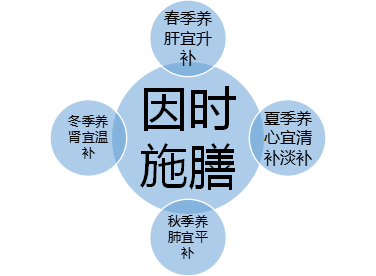
Different constitutions, regions, and dialectical populations have different combinations of medicinal cuisine in different seasons:
Individuals with blood deficiency should choose blood-nourishing ingredients such as red dates and longan; those with yin deficiency should choose goji berries and lily; and those with yang deficiency should choose beef and lamb.
5. What issues should be noted when consuming medicinal cuisine?
Medicinal cuisine is a combination of Chinese medicine and food, with certain indications, so attention should be paid to contraindications when consuming.
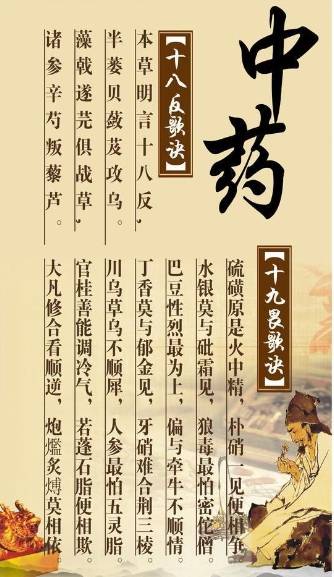
1. The selection of ingredients and medicinal substances in medicinal cuisine should follow the composition changes of Chinese medicinal formulas, avoiding incompatible ingredients, such as the “Eighteen Contradictions” and “Nineteen Avoidances”; for example, ginseng should not be combined with radish, mint should not be combined with turtle meat, Poria should not be combined with vinegar, turtle shell should not be combined with amaranth, and earth Poria should not be combined with tea.
2. Without dialectical differentiation, mixing is not advisable; for instance, patients with yin deficiency should not consume yang-replenishing medicinal cuisine; special attention should be paid during unique bodily states such as pregnancy, postpartum, and menstruation, and medicinal cuisine should only be used after dialectical differentiation to avoid using strong and aggressive medicines;
3. The combination of medicinal cuisine should strictly follow the principles of four qi and five flavors, ensuring that the properties of food and medicine match; otherwise, it will affect the efficacy of the medicinal cuisine. It is essential to be familiar with the contraindications between medicines, foods, and the combination of food and medicine, and not to mix blindly, which could lead to risks or even cause diseases.
4. When consuming medicinal cuisine, especially during illness, avoid raw, cold, sticky, greasy, fishy, spicy, and other foods.
Medicinal cuisine therapy plays a significant role in clinical treatment, with few side effects and is easily accepted by the public. However, medicinal cuisine must be implemented according to the dialectical theories of TCM, with reasonable combinations and scientific ratios, organically integrating medicines, ingredients, and population differences to better exert the effects of medicinal cuisine.
Therefore, for patients or ordinary individuals with weak bodies, it is recommended to follow the specific guidance of TCM practitioners and pharmacists regarding the consumption of medicinal cuisine.
References
[1] Zheng Jin, Xie Yadong, Wang Yafei. Discussion on the Position and Development of TCM Medicinal Cuisine in Health Services for Preventing Diseases [J]. Journal of TCM Management, 2022, 30(13): 171-173.
[2] Liu Zhiyong, You Weiping, Jian Hui. Medicinal Cuisine Dietary Therapy [M]. Beijing: China Traditional Chinese Medicine Press, 2017.
[3] Qiu Jinshen, Liu Zhiyong, Chen Li, Tong Danqing. Analysis of the Application Principles and Preparation Methods of Dietary Medicinal Cuisine [J]. Jiangxi TCM, 2022, 53(07): 19-22.
Content Source: Pharmacy Department, Lan Qionni, Lu Hua, Huang Zhengguang, Jiang Xia; some popular science images sourced from the internet.
Editor: Tan Lingyu
Proofreader: Wei Na
Reviewer: Lan Feiyan
Warm Reminder
Publicity Matrix of the First Affiliated Hospital of Guangxi Medical University
WeChat Public Service Account, Subscription Account, Video Account, Douyin Account, Weibo Account, Toutiao Account:
Service Account: Guangxi Medical University First Affiliated Hospital Internet Hospital – appointment registration, intelligent guidance, online diagnosis and treatment, prescription, inquiry of examination results, etc.
Subscription Account: First Affiliated Hospital of Guangxi Medical University – more information about the hospital, department dynamics, and health science knowledge.
 Service Account
Service Account Subscription Account
Subscription Account Video Account
Video Account Douyin Account
Douyin Account Weibo Account
Weibo Account Toutiao Account
Toutiao Account

Click to Share

Click to Collect

Click to Like

Click to View

